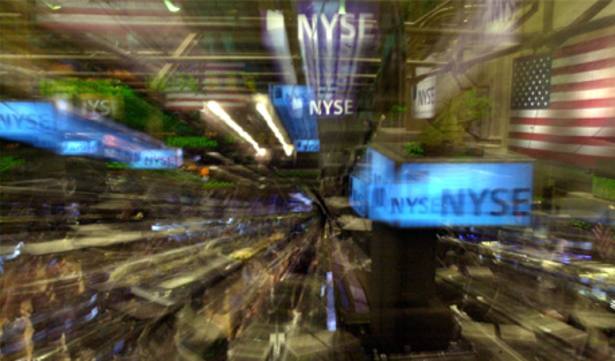
The recent upgrade to UK GDP for the fourth quarter of 2015 from 1.9 per cent to 2.1 per cent was widely perceived as positive news, and a sign of the growing strength of the UK economy. But do people really understand what GDP means?
GDP is a widely quoted but often misunderstood metric. As measured by expenditure, it represents the value of goods and services purchased in the period. It is calculated by adding consumption, investment, government spending and net exports.
In the UK, as is the case with all developed economies, consumption is the largest component. No surprises so far, but while a boost to consumption or government spending can increase GDP in the short term, it says little about the long-term prospects of the country.
GDP provides a good starting point to measure a country’s economic performance, but it is just one factor and cannot be relied upon exclusively. To really understand the UK economy and see how sustainable its performance is, other measures in conjunction need to be examined to see how they link together as a whole. In other words, we have to join up the dots.
The current account – which measures the balance of trade and net cash transfers – rose to a deficit of 7 per cent of GDP in the fourth quarter of 2015, the highest since quarterly records began in 1955. The large deficit is a cause for concern because it indicates that the economy is unbalanced; much of domestic consumption has been driven by imports from overseas, which have significantly exceeded the UK’s level of exports.
Figures for retail sales growth are regularly quoted in terms of volume, and the latest figures showed an annual increase of 3.8 per cent in February.
Good news for the UK economy we would think, but value, which represents the growth in spending on a pound-for-pound basis, revealed a gain of just 1.4 per cent for the same period, due to falling prices. While readings can be volatile from month to month, the overall trend represents a slowing in growth and an uninspiring future for the UK’s economy.
People with money spend money and the two go hand in hand, so clearly employment levels will always be a major contributory factor in retail sales. With more than 31m people in employment, there have never been more people working in the UK. Again, good news for the growth of the UK economy. However, the positive impact of rising employment levels has been tempered by the fact wage growth has been weak. Adjusting for inflation, average earnings are more than 4 per cent lower than they were in 2007.
The saving ratio is an overlooked metric that tracks what proportion of their total disposable income households have available to save. It fell to 3.8 per cent in the fourth quarter of 2015, the lowest since records began in 1963, against the long-term average of 10 per cent.






